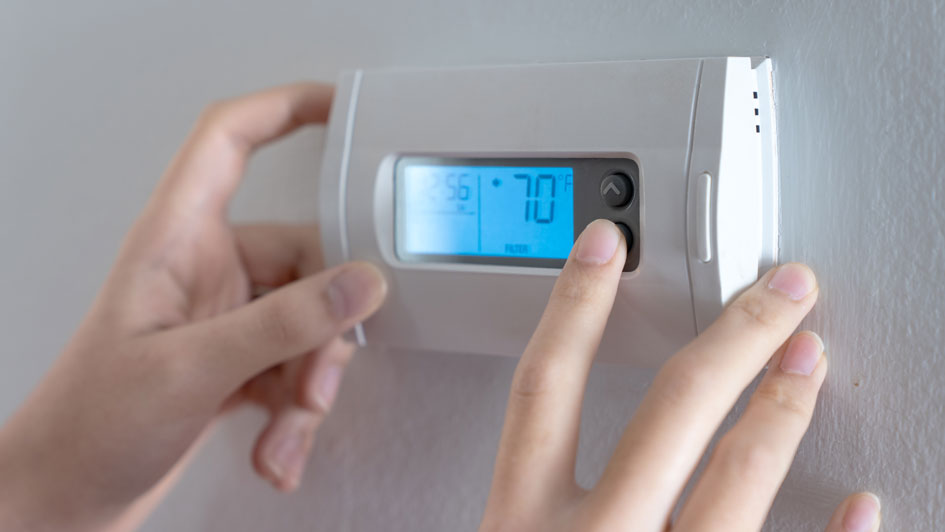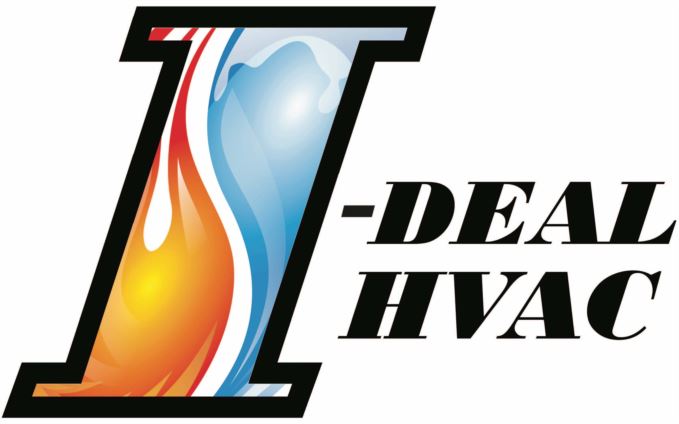
Everyone’s always looking to save money on their utility bills, but it just so happens there’s a way to lower energy use, even when you're not even home.
The key is your thermostat. By learning more about its special features and settings, you can tailor the temperature to your needs. You can create a number of automated temperature settings for when you’re at home, away or even when you’re sleeping.
If you're willing to make these adjustments, you'll be able to enjoy comfortable temperatures while cutting down your energy bills. Take a look at a few ways your thermostat can save you money in the summer:
While at Home
Pretty much whenever you're home, you want a nice range of pleasant temperatures. That’s why it’s best to set your thermostat lower in the summer while inside to appreciate the cool air.
But in terms of energy efficiency, the best range for when you're in your home during the summer is actually around 78 and 80 degrees Fahrenheit. By adjusting things a few degrees, you can stay cool while keeping your energy bill more manageable.
While Away
When it comes to setting the temperature for whenever you're gone, the majority of homeowners will set the thermostat higher for while they're gone.
For some homes, you can set the temperature as high as 88 degrees while no one is home before you adjust it back to the sweet spot of 78-80 degrees after you return. This way, your air conditioning system isn't working around the clock to cool an empty house.
While Asleep
When it comes to sleeping in the summer, you want your thermostat set at a comfortable temperature. You should try and keep things between 68-72 degrees Fahrenheit. You won't have to worry about getting too hot or too cold while you're trying to sleep.
Additional Ways to Reduce Energy Use:
- Put in a smart thermostat: Switching to a smart thermostat in the summer helps save money on energy costs by automatically adjusting to your lifestyle and personal preferences. It'll take care of making changes while you are home or sleeping, while allowing it to warm up when no one is around. Using reputed brands and models such as the Lennox iComfort, you can adjust the temperature remotely through your smartphone, tablet or laptop. Requesting smart thermostat installation in your Albuquerque home is an effortless way to set the correct temperature no matter where you are.
- Upgrade your HVAC system: A new HVAC system is another great option for long-term energy savings. By investing in a more energy-efficient system, your utility bills will be lower because it requires less energy to reach your preferred temperatures. Air conditioning installation in Albuquerque is only a phone call away, so don't hesitate to reach out to local pros like I-Deal HVAC who can set you up for success.
- Stay on top of routine AC maintenance: Hiring a skilled professional to perform regular air conditioning maintenance in Albuquerque can have a big impact on your monthly energy use. With regular cleaning of the coils, checking for damage and clearing air vents of dust and debris, this can help your HVAC system perform better during day-to-day use.. Increasing efficiency also limits strain on important or delicate components and lowers operational costs, lowering total energy use and eventually the total monthly bill.
- Replace your air filter regularly: Cleaning or replacing the air filter regularly saves money by helping air flow efficiently through your air conditioner. When filters are clogged with dirt and debris, an AC unit has to work harder, and this greater strain could shorten the system’s life span and result in breakdowns.
- Verify your attic has enough insulation: Insulation is a crucial component for any energy-efficient home, securing the hot air outside and the cool air inside during the summer. The North American Insulation Manufacturers Association (NAIMA) recommends that homes in the southern United States should have at least 13-14 inches of insulation, while states further north need 16-18 inches.
- Review your air ducts: Leaky ductwork can raise your energy bills much more than 20 percent, plus it can potentially allow harmful emissions from your water heater, clothes dryer and other appliances to get into the atmosphere of your home. Checking your ductwork for leaks and sealing them can fix both of those problems.
- Seal all other leaky spots in your home: Sealing leaky spots in your home with caulk, foam sealant or weather-stripping can help keep it cooler on hot summer days. You should also check for any gaps around windows, doors and even outdoor fixtures. Taking the time to seal up any leaks now can help you save a lot over time.
